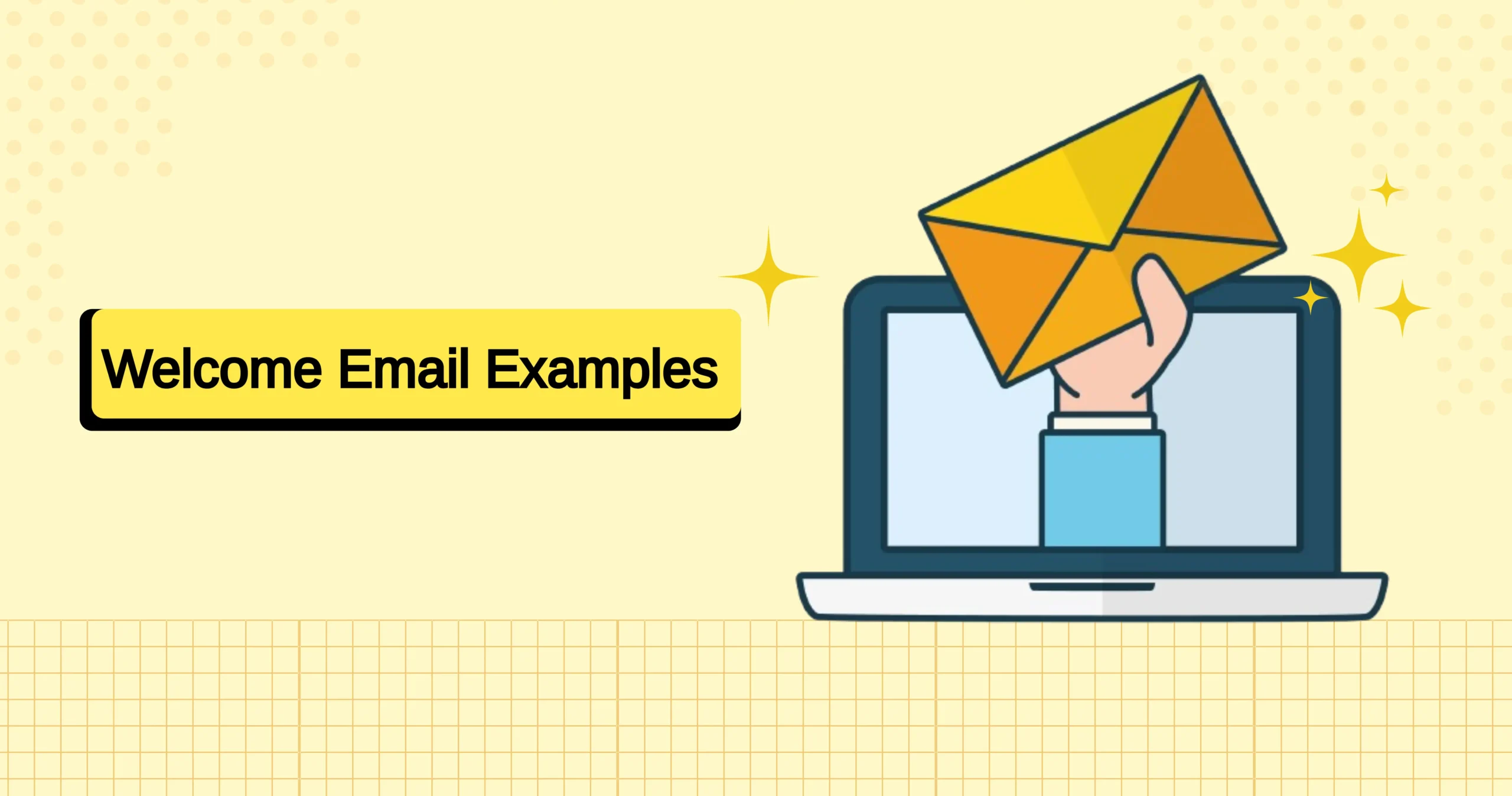
10+ Successful Welcome Email Examples You Can Borrow (and Why They Convert So Well)
When did you feel most welcomed?
For me, it was when I visited a certain cafe. As soon as I stepped in, the waitress smiled like I was the reason she opened that day.
She didn’t just point to a seat. She asked me, “Quiet corner or sunshine?” I chose sunlight, and she led me to a table by the window.
Before even taking my order, she brought a glass of water with lemon. “In case you’re thirsty from the walk,” she said.
When the coffee came with a biscuit on the side. “On the house,” she smiled.
I wasn’t a food blogger or a celebrity. But for those twenty minutes, I felt like I truly mattered.
That’s how your welcome emails should feel: warm, thoughtful, and personal. A simple series that shows your audience: you’re glad they’re here.
And how to write the perfect email series, you will know from these brands’ examples.
What Is a Welcome Email?
A welcome email is an automated message sent to new subscribers or customers immediately after they sign up or make a purchase.
It’s like a friendly “hello” from your brand. This email usually says thank you, gives a quick intro to who you are, and lets people know what they can expect next.
Most welcome emails include:
- A thank you message
- A short intro about your brand or product
- Helpful links to get started
- A discount or special offer (sometimes)
- Info about what kind of emails to expect next
It’s a simple way to start building trust and a connection with your new subscriber.
Why You Need to Send a Welcome Email?
Approximately 74% of people expect to receive a welcome email shortly after subscribing to a mailing list or making a purchase.
If you are not sending a welcome email, you are definitely disappointing them. But there are more reasons to send a welcome email:
- Greet new subscribers or customers to start building a relationship
- Make a strong first impression with a friendly, positive tone
- Introduce your brand and what you offer
- Deliver any promised discounts, freebies, or content right away
- Be clear, helpful, and professional to build trust
- Tell them what emails to expect and how often they’ll get them
- Encourage them to visit your site, shop, or follow you on social media
- Share useful content to keep them interested
- Guide them toward their next step, like buying or signing up
- Keep them engaged so they don’t unsubscribe
Examples of Welcome Email to Take Inspiration From (By Type)
Welcome emails come in many styles, each with its own goal and approach.
To help you find the right fit for your brand, here are some popular types of welcome emails and why they work so well.
Social Proof Welcome Email
People naturally look to others when deciding what to trust, whether it’s a restaurant, a product, or a service. In fact, studies show that 92% of consumers trust recommendations from others more than any form of advertising.
As a welcome email is your first interaction with your audience, building trust is more important if you want them to stay with your brand for a long time.
That’s why social proof is so powerful in welcome emails. FluentCRM’s welcome email taps into this by making it easy to showcase what real users say, helping brands build trust right from the very first message.

Note: This is a built-in email template from FluentCRM. You can customize it however you like. The “Social Proof” section is included and highlighted to help build trust between the sender brand and its audience, but feel free to change any part of the template to fit your needs.
Feel free to use any templates you want from here.
Also, it’s nearly impossible to send your clients welcome email one by one manually. To minimize your labour time and maximize your efficiency, automate your welcome email.
Why does this welcome email work?
- Comes with 2 clear CTA buttons to guide users
- Highlights real customer experiences to build trust quickly
- Shows social proof that eases doubts and questions
- Creates a sense of belonging by showcasing a happy community
- Builds credibility without overwhelming new users
- Connects emotionally through their user numbers
- Offers an unsubscribe option both in the email content and as a header
Treatment as Top Customer
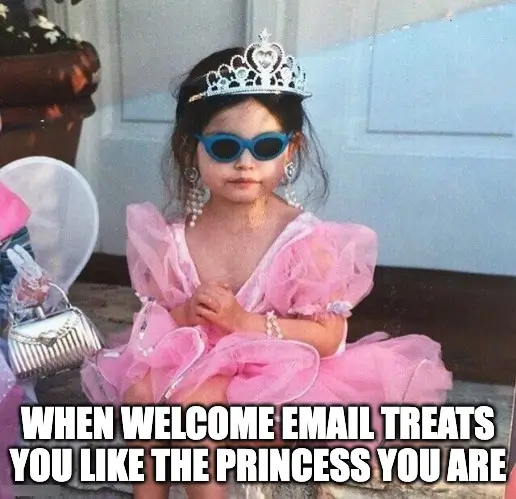
Who doesn’t love a little princess treatment?
The truth is: everyone does. That’s why treating your customers with extra care isn’t just nice, it’s smart. The happier your customers are, the healthier your business becomes.
Sephora gets this just right. Their welcome email feels special, warm, and inviting, without ever being pushy.

Why does this welcome email work?
- Treat the customer as a VIP, mentioning he/she will get the updates first
- Welcoming tone, maintaining an ‘Invitation letter’ vibe
- Greets the audience the same way as real-life greetings
- Showcase their variety of products subtly without guiding them to another page
- Invites to join their community “Beauty Insiders” to get more
- Promotes their community “Beauty Insiders’ by showcasing benefits
Offering Brand Value in Welcome Email
To create a welcome email of this category, a brand should fulfil two conditions:
- Brand should have a strong identity and story
- Unquestionable quality and consistent brand voice
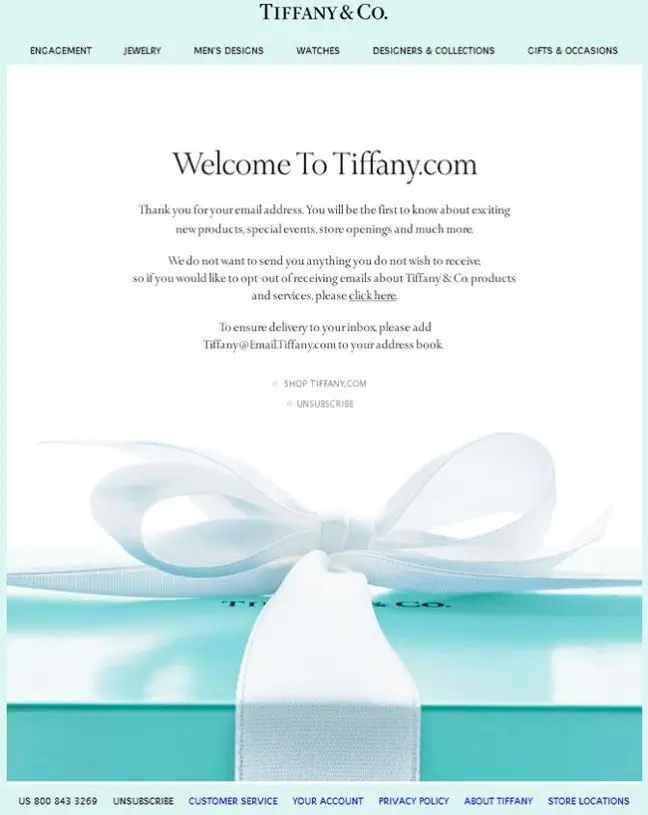
Tiffany can send an elegant and minimal welcome email, as they fulfil both of the conditions.
This might not work the same way for your brand. But despite being a small brand or a new brand, you can get a few ideas from their page.
Why does this welcome email work?
- Treats customers like VIP with a message “you will be first to know”
- Comes with clear, gentle guidance that tells the customer can opt out if they want
- Comes with an unsubscribe link to opt out anytime the audience wants
- Doesn’t push the audience to check out their products right away
- Email is a simple version of their site, which comes with shops and other product links
- Graphics come with a gift box of their brand, portraying brand’s strong visual identity
- Minimal and consistent graphics, with clear, small, well-worded messages
Storytelling Welcome Email
Nothing sells more than a good story. And whoever knows that can be a great marketer.
Many think that stories are only for a brand’s site, but that’s not correct. In a good welcome email, you want to warm your readers up to the brand. And when they hear your brand’s story, that’s when they will feel more attached to your brand.
This welcome email from Partake is a great example of that.

Why does this welcome email work?
- Shares the story of their journey
- In a letter, they address their audience directly
- Promotes their philosophy as a brand
- Promotes the audience’s pain point by addressing the beginning of their journey
- Mentions their product’s specialty subtly (allergen free, gluten free, etc)
- Maintains a visual identity throughout the whole email
Educational Welcome Email
Not every welcome email needs to sell something right away. Sometimes, the best way to connect with your audience is by teaching them something valuable.
Brands like Headspace do this brilliantly. Instead of jumping straight into promotions, they use their welcome email to introduce key concepts like mindfulness and offer beginner-friendly advice from their coaches.

Why does this welcome email work?
- Builds trust early by offering genuine value instead of a hard sell
- Positions the brand as an expert in the wellness space
- Gives new users a reason to stick around
- Educates leads on the brand’s core value
- Eases the user into the experience with simple, non-intimidating guidance
- Encourages engagement by offering helpful resources
- Doesn’t come across as salesy at all
- Offers a free trial for interested users
Introduce with Founders in Welcome Email
Sometimes, the best way to earn trust is to show who’s behind the brand.
Introducing the founder in your welcome email adds a human touch that no discount can match. It makes the brand feel:
- Real
- Personal
- Purpose-driven
Specially for new subscribers who are just getting to know you.

A great example of this approach is Velasca. Their approach feels more like an invitation into a family than a sales funnel.
Why does this welcome email work?
- Shows real people behind the brand with names, photos, and signatures
- Builds trust by being open about who created the product
- Feels genuine, not like a big, faceless company
- Creates a personal connection by sharing their passion
- Adds meaning to the product by linking it to top craftsmanship
- Highlights it’s handmade with care, not mass-produced
- Makes the audience feel they are getting authentic products from a authentic brand
Onboarding Welcome Email
A well-crafted welcome email doesn’t just greet the user; it offers direction, clarity, and purpose.
That’s where onboarding comes in. Instead of a generic “thanks for joining,” onboarding welcome emails gently guide users toward taking their first meaningful action.
Take Canva, for example. Their onboarding email doesn’t just welcome users, it shows them exactly how to create their first design, step by step.
This transforms curiosity into action and helps users see value from the start.

Why does this welcome email work?
- Gives a clear first step so users know what to do next
- Breaks down the process into simple, easy-to-follow steps
- Makes the tool feel approachable and easy to use
- Helps users create something right away and see instant value
- Encourages early interaction to keep users engaged
- Comes across as a friendly guide, not a sales pitch
- Reduces drop-off by turning signups into active users
- Sets users up for long-term use by helping them succeed early
Discount Coupon Welcome Email
Sometimes, all it takes to turn a new signup into a paying customer is the right incentive. That’s where discount-based welcome emails come in.
SlidesCamp Beta nails this with a clean, visually aligned email. The pink button matches their logo, and the coupon design stands out without feeling pushy. It feels like a gift, inviting, simple, and on-brand.
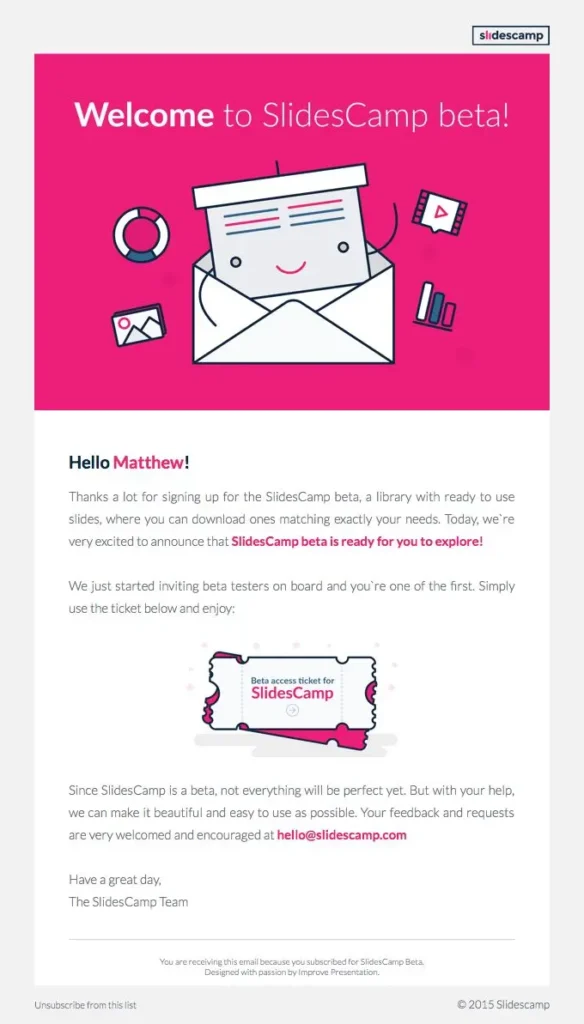
Why does this welcome email work?
- Highlights the offer clearly with a coupon-style button
- Matches brand colors for a clean, cohesive look
- Makes the deal feel exclusive and time-sensitive
- Adds visual appeal without overwhelming the message
- Encourages users to try the product while it’s still in beta
- Feels like a reward, not just a promotion
- Creates a strong first impression with minimal text
- Boosts early conversions with a clear, valuable offer
Invitation to Community Welcome Email
People crave identity, exclusivity, and connection. That’s exactly what Adiclub taps into.
Their welcome email feels less like a promotion and more like an invitation to a lifestyle. With 15% off, free shipping, and access to member-only perks, it makes joining feel like a smart move, not just a purchase.

Why does this welcome email work?
- Greets users warmly by name for a personal touch
- Positions the brand as a lifestyle to be part of
- Makes users feel like insiders with exclusive perks
- 15% off and free shipping offer immediate, tangible value
- Showcases bestsellers to guide purchase decisions
- Builds trust by focusing on long-term member benefits
- Design is sleek and on-brand, enhancing credibility
- Balances aspiration with accessibility
- Emphasize that users didn’t just sign up, they joined a community
Exclusive Access Welcome Email
Imagine getting a special invite to something only a few can join.
That’s exactly what Rent the Runway’s welcome email feels like. Instead of just listing features, it offers you a big discount to try their service, flexible plans that fit your style, and a promise that takes the worry out of trying new clothes.
It’s like they’re saying, “We’ve got your back,” making it easy and exciting to jump in.

Why does This Welcome Email work?
- Gives a strong discount that makes joining hard to resist
- Shows different plans so you can pick what suits you best
- Highlights tons of designer options you can try without buying
- Uses simple, friendly language that feels welcoming
- Makes the offer feel special and time-limited to create excitement
- Connects value with feeling exclusive and stylish
- Encourages you to take the first step right away
- Reassures you with a promise that if something doesn’t fit, they’ll fix it
Hybrid Welcome Email
A hybrid welcome email is like a warm hello that also tells you what’s great about the brand. It mixes friendly words with helpful info, special deals, and reasons to keep paying attention.
Brands use this kind of email because it makes new users feel welcome and excited, while also showing why the product or service is worth trying.
Take MOO’s welcome email, for example. They start by greeting you like an old friend, making it fun and easy to read.

Why does this welcome email work?
- Feels friendly and fun, like a personal note
- Tells you what to expect without overwhelming you
- Shows off their quality products in a simple way
- Lets you know help is easy to get when needed
- Promises they’ll fix problems to make you happy
- Makes it easy to start shopping or reach out
- Blends personality with useful details naturally
- Helps you feel welcomed and confident to explore
Mistakes You Must Avoid in Your Welcome Email
Not all welcome emails hit the mark and sometimes, it’s the little things that drive people away.
Here are some common mistakes that can turn a good email into a forgettable (or frustrating) one:
- Sending too many emails back-to-back right after sign-up
- Focusing only on selling instead of starting a conversation
- Skipping a proper introduction or failing to set expectations
- Not designing for mobile, if it’s hard to read, it won’t be read
- Using the same email for everyone without segmenting
- Writing boring subject lines that don’t stand out
- Leaving readers confused about what to do next
- Packing too much information into a single email
- Forgetting to link buttons or including broken links
- Overlooking a clear unsubscribe button (yes, it matters!)
If your welcome email avoids these mistakes, they’re already one step ahead.
Tips to Make Your Welcome Email Stand Out
Let’s be honest: most inboxes are overflowing with emails.
So if you want your welcome email actually to get noticed, it needs to do more than just say “Welcome!” It should evoke a sense of curiosity, excitement, or being seen.
The good news?
You don’t need flashy tricks. Just a thoughtful approach that balances warmth, clarity, and purpose.
Here’s how to make your welcome email feel like a breath of fresh air:
- Personalize the email in a way that feels like it was truly meant for the reader
- Make sure the email looks good and perfectly mobile optimized
- Focus on one clear action you want the reader to take
- Let your brand’s personality show through the way you write
- Write like a real person, not like an automated message
- Offer something useful right away, like a tip or a small freebie
- Add visuals that grab attention, but keep them clean and relevant
- Let readers know what kind of emails they’ll get next
- Keep your subject lines short and catchy to get people to open
- Try different things, like timing or wording, and A/B test to see what works best
When done right, they may not remember your welcome email, but they will remember the essence of it.
Greet with Grace and Win the Race!
Just like that little cafe made me feel like I truly mattered, your welcome email has the same power. It’s not just about pretty design or smart words; it’s about making someone feel seen, appreciated, and excited for what’s next.
Whether you choose to lean on storytelling, offer a discount, introduce your founder, or build a community, what matters most is that your message feels human.
So take inspiration from these brands, customize it to your tone.
Your email is your first handshake. Make it warm, make it meaningful, and most of all, make it yours!
Frequently Asked Questions (FAQs)
A few question you might be wondering about:




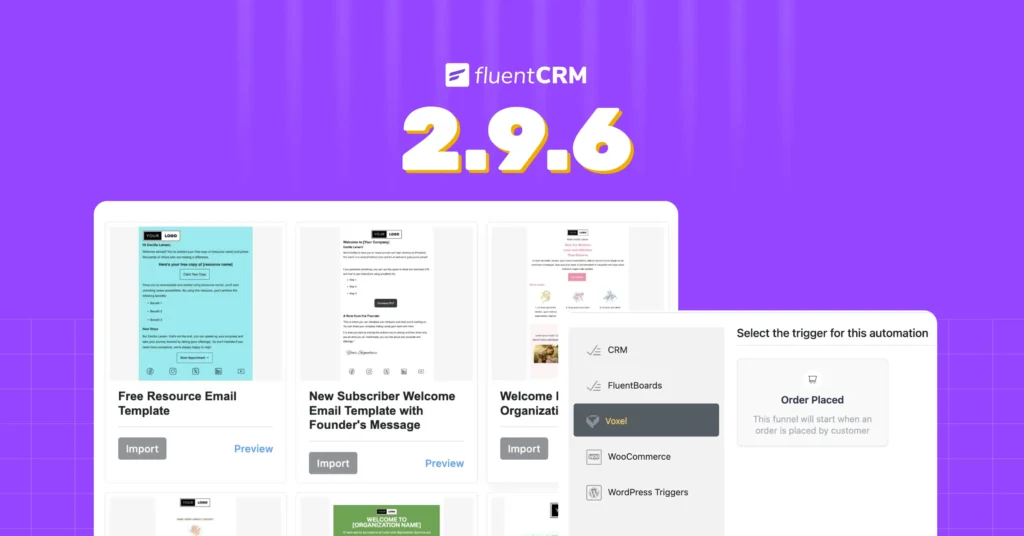
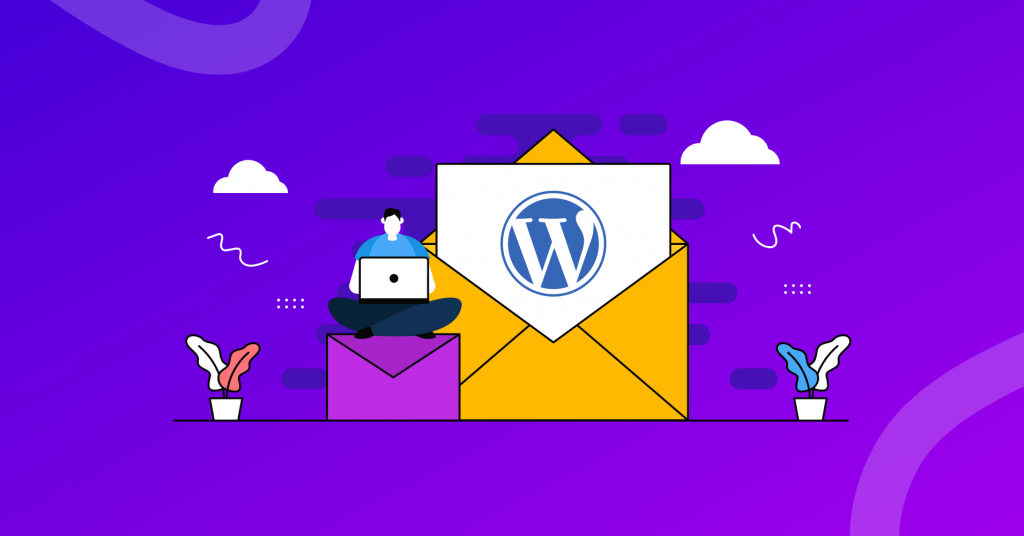

Leave a Reply